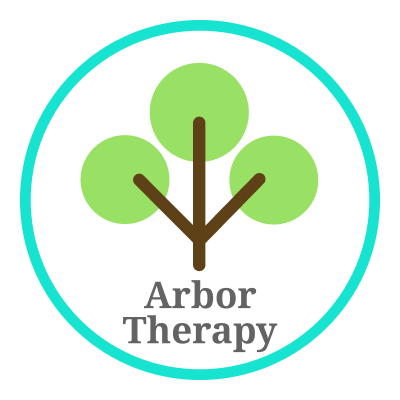Therapy & the Classroom
Therapy & the Classroom: How to Advocate for Your Child at School
As the new school year begins, many families are thinking about how to support their child’s success in the classroom—especially when their child is also receiving speech, occupational, physical, or feeding therapy. One of the most powerful ways you can support your child’s development is by becoming their advocate at school.
In this blog, we’ll share how therapy and education go hand-in-hand, and how you, as a parent or caregiver, can work with your child’s school team to ensure they get the support they need to thrive.
Understand the Role of Therapy in Education
Therapy isn’t just about progress in a clinic—it’s also about helping your child succeed in everyday life, including at school. Skills developed in therapy often support areas like:
- Communication in the classroom (speech therapy)
- Fine motor skills for writing or cutting (occupational therapy)
- Focus, regulation, and classroom participation (sensory integration)
- Gross motor development for PE and playground time (physical therapy)
- Eating lunch independently and safely (feeding therapy)
When therapy and school supports are aligned, children can experience smoother transitions, stronger confidence, and greater academic success.
Know Your Child’s Rights
If your child qualifies for special education services or accommodations, they may have:
- An IEP (Individualized Education Program) – for students who need specialized instruction.
- A 504 Plan – for students who require accommodations but not specialized instruction.
These plans are legal documents that outline how the school will meet your child’s individual needs. They can include goals related to therapy, classroom modifications, and support services during the school day.
Tips for Advocating for Your Child at School
1. Keep the lines of communication open
Reach out early in the school year to introduce yourself to your child’s teacher, school therapist, and support team. Share any recent updates from your private therapy team, especially strategies that are working well.
2. Ask for collaboration
Many private therapy practices (like Arbor Therapy) are happy to coordinate with school-based therapists. This can help create consistency between what your child is working on in therapy and what they’re doing at school.
3. Document everything
Keep records of emails, evaluations, reports, and notes from therapy or school meetings. Having this information organized can help you advocate more effectively and track your child’s progress over time.
4. Attend IEP or 504 meetings prepared
Write down your concerns, bring documentation, and don’t be afraid to speak up. You are an expert on your child, and your insights matter.
5. Empower your child
Depending on their age and ability, help your child understand their strengths and how to ask for help when they need it. Self-advocacy is a skill that grows over time—and therapy can help with that, too!
Final Thoughts
Your role in your child’s therapy journey doesn’t stop at the clinic door. When you collaborate with teachers and school support staff, you create a bridge that helps your child apply their skills in meaningful, everyday settings—like the classroom, cafeteria, and playground.
At Arbor Therapy, we’re here to support the whole child—and the whole family. If you’d like help coordinating care with your child’s school or learning more about what to ask during school meetings, don’t hesitate to reach out!

